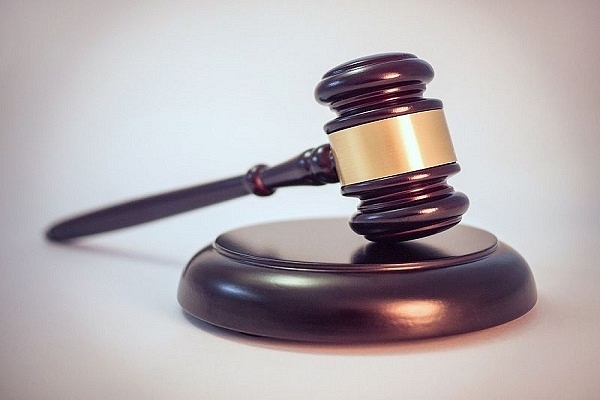News Brief
All High Court Websites Can Now Have Captchas Accessible To Physically Disabled
- These captchas serve as entry points to access several essential facets of a court website, such as judgments/orders, cause-lists and checking the status of cases.

A Judge’s gavel. (Blogtrepreneur via Wikimedia Commons)
All websites of the high courts now have captchas that are accessible to people with disabilities.
According to the Law Ministry, the task of making the digital infrastructure of the Indian judicial system more accessible to people with disabilities has been a core component of the work of the e-Committee of the Supreme Court in the last few months.
A significant milestone that the e-Committee’s efforts towards this objective have yielded has been to ensure that all high court websites now have captchas which are accessible to Persons with Disabilities (PwDs).
These captchas serve as entry points to access several essential facets of a court website, such as judgments/orders, cause-lists and checking the status of cases.
Many HC websites were hitherto exclusively using visual captchas inaccessible to the visually challenged, making it impossible for them to access such content independently.
Captcha is a programme that protects websites against bots by generating and grading tests that humans can pass but current computer programmes cannot.
In coordination with all High Courts, the e-Committee has now ensured that visual captchas are accompanied by text/audio captchas making the website content accessible to the visually challenged.
In a letter dated December 16, 2020, the Chairperson of the e-Committee, Dr Justice DY Chandrachud, exhorted all high courts to make their digital infrastructure accessible to persons with disabilities in conformity with the constitutional and statutory entitlements of the disabled.
The letter contained a series of structural interventions for all high courts to undertake in this regard.
Pursuant to this letter, the e-Committee formulated an action plan to ensure the accessibility of the digital interface of all HC websites in Phase 1 of this project.
Six parameters were devised to determine if the website of a given HC was accessible.
These were: Access to judgments; Access to cause-lists; Access to case status; Contrast/ colour theme; text size [A+AA]; and screen reader access.
The e-Committee conducted a series of sessions for the Central Project Coordinators of all HCs and their technical teams to create awareness and impart training on ensuring accessibility of the digital interface of all HC websites and generating accessible PDFs.
The websites of the HCs now comply with the above parameters except for a few websites which are in the process of providing screen reader access.
The e-Committee is also in the process of creating a Standard Operating Procedure (SOP) for generating accessible court documents and will serve as a user guide to its stakeholders.
This will also address the issues of watermarks, entering content by hand, improper placement of stamps and inaccessible pagination of files.
In this regard, the Chairperson of the e-Committee, Dr Justice Chandrachud, has addressed a letter on June 25, 2021 to the Chief Justices of all the HCs for their inputs and suggestions on creating the said SOP.
Another significant initiative undertaken by the e-Committee in collaboration with the NIC is creating a judgment search portal accessible to persons with disabilities.
The portal contains judgements and final orders passed by all HCs.
The portal uses a free text search engine. In addition, the portal provides the facility of using an audio captcha, along with a text captcha. It also uses accessible combo boxes, making it easier for the visually disabled to navigate the website.
The e-Committee’s training programmes for lawyers also sensitise advocates to adopt accessible filing practices.
These measures, cumulatively viewed, have significantly furthered access to justice for the disabled and served as a powerful affirmation of their dignity, allowing them to participate in our justice system on equal terms.
For legal professionals with disabilities, these measures have been a significant step in enabling them to participate in the profession on the same footing as their able-bodied counterparts.
These initiatives of the e-Committee have helped transform our courts from sites of exclusion to bastions of inclusion for the disabled, and it is a way forward in creating an accessible and inclusive legal system.
Introducing ElectionsHQ + 50 Ground Reports Project
The 2024 elections might seem easy to guess, but there are some important questions that shouldn't be missed.
Do freebies still sway voters? Do people prioritise infrastructure when voting? How will Punjab vote?
The answers to these questions provide great insights into where we, as a country, are headed in the years to come.
Swarajya is starting a project with an aim to do 50 solid ground stories and a smart commentary service on WhatsApp, a one-of-a-kind. We'd love your support during this election season.
Click below to contribute.
Latest